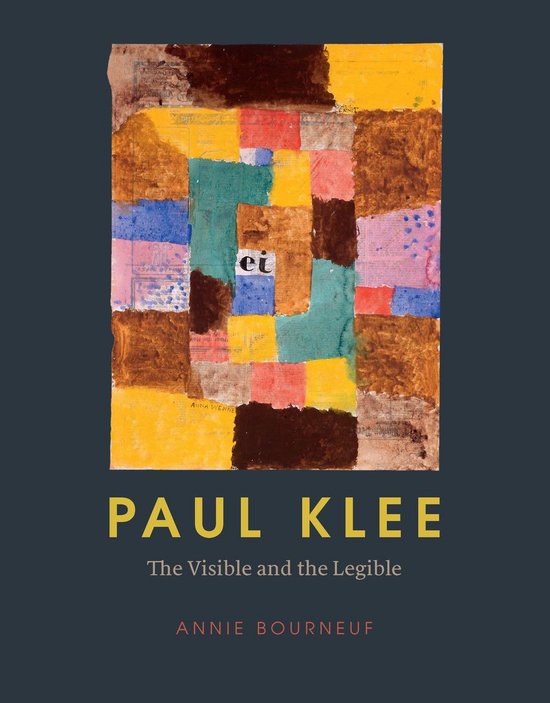
Paul Klee - The Visible and the Legible
Paul Klee consistently intertwined the visual and the verbal in his art has long fascinated commentators, including such illustrious figures as Walter Benjamin and Michel Foucault. This book offers an account of the interplay between the visible and the legible in Klee's works from the 1910s and 1920s.
The fact that Paul Klee (1879 - 1940) consistently intertwined the visual and the verbal in his art has long fascinated commentators from Walter Benjamin to Michel Foucault. However, the questions it prompts have never been satisfactorily answered - until now. In Paul Klee, Annie Bourneuf offers the first full account of the interplay between the visible and the legible in Klee's works from the 1910s and 1920s. Bourneuf argues that Klee joined these elements to invite a manner of viewing that would unfold in time, a process analogous to reading. From his elaborate titles to the small scale he favored to his metaphoric play with materials, Klee created forms that hover between the pictorial and the written, and his concern for literary aspects of visual art was both the motive for and the means of his ironic play with modernist art theories and practices. Through his unique approach, he subverted forms of modernist painting that were generally seen - along with film and other new technologies - as threats to a mode of slow, contemplative viewing. Tracing the fraught relations among seeing, reading, and imagining in early twentieth-century Germany, Bourneuf ultimately shows how Klee reimagined abstraction at a key moment in its development.
The fact that Paul Klee (1879 - 1940) consistently intertwined the visual and the verbal in his art has long fascinated commentators from Walter Benjamin to Michel Foucault. However, the questions it prompts have never been satisfactorily answered - until now. In Paul Klee, Annie Bourneuf offers the first full account of the interplay between the visible and the legible in Klee's works from the 1910s and 1920s. Bourneuf argues that Klee joined these elements to invite a manner of viewing that would unfold in time, a process analogous to reading. From his elaborate titles to the small scale he favored to his metaphoric play with materials, Klee created forms that hover between the pictorial and the written, and his concern for literary aspects of visual art was both the motive for and the means of his ironic play with modernist art theories and practices. Through his unique approach, he subverted forms of modernist painting that were generally seen - along with film and other new technologies - as threats to a mode of slow, contemplative viewing. Tracing the fraught relations among seeing, reading, and imagining in early twentieth-century Germany, Bourneuf ultimately shows how Klee reimagined abstraction at a key moment in its development.
| Auteur | | Annie Bourneuf |
| Taal | | Engels |
| Type | | Hardcover |
| Categorie | | Kunst & Fotografie |





